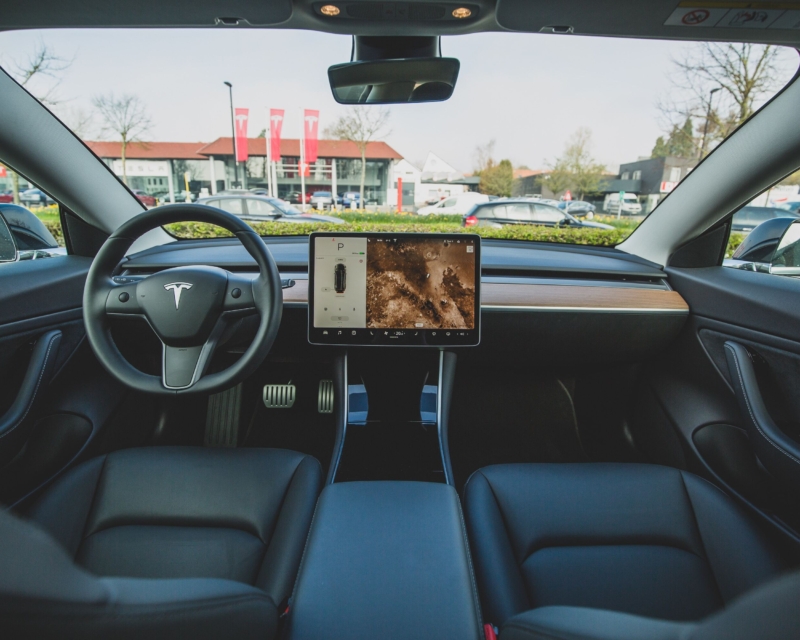UAW Broadens Strike Against GM and Stellantis, Spares Ford in Ongoing Labor Dispute
In a dramatic escalation of the ongoing labor dispute, the United Auto Workers (UAW) union announced on Friday that it was broadening its strike against major automakers General Motors (GM) and Stellantis while sparing Ford from new strike activity. The decision came as negotiations between the union and GM and Stellantis showed little progress. The strike now encompasses 38 locations across 20 states, affecting approximately 5,600 union members, bringing the total number of UAW workers on strike to around 18,600.
UAW President Shawn Fain declared, “Both GM and Stellantis have rejected our profit-sharing proposals and both companies have rejected our proposals to convert temps. So today at noon Eastern time, all of the parts distribution centers at General Motors and Stellantis are being called to stand up and strike.” The union is demanding pay raises amounting to 40% over a new four-year contract, expanded benefits, and other provisions. In contrast, the automakers’ pay offers have been closer to 20%, with an immediate 10% increase.
The UAW has adopted a “stand-up strike” strategy, where union locals are asked to strike incrementally as deemed necessary by the union’s leadership, potentially leading to a nationwide strike. “Stellantis and GM, in particular, are going to need some serious pushing,” Fain emphasized.
General Motors responded with a statement calling the UAW’s strike escalation “unnecessary” and suggesting that the union leadership was manipulating the bargaining process for personal agendas. GM has presented five separate economic proposals to address wage increases and job security, aiming to ensure the company’s long-term success.
Stellantis, the parent company of brands like Chrysler, Dodge, Jeep, and Ram, expressed doubt about the UAW’s willingness to reach an agreement in a timely manner, citing the union’s leadership’s focus on political agendas rather than the best interests of employees and business sustainability.
However, in a surprising turn of events, the UAW decided not to extend the strike to Ford facilities, citing “real progress” in negotiations with the company. Fain mentioned that there is more work to be done before reaching an agreement, but they have secured concessions such as the reinstatement of a cost-of-living allowance, converting all current temporary workers, and additional income security for potential layoffs.
Ford issued a statement saying they are working diligently with the UAW to reach a mutually beneficial agreement, acknowledging significant gaps in key economic issues.
UAW President Shawn Fain also extended an invitation to President Biden to join UAW workers on the picket line. President Biden expressed his support for the strike and is considering sending administration officials to facilitate talks without mediating, although no official action has been taken yet.
Since the strike began on September 15, temporary layoffs and work stoppages have been mounting at the Big Three automakers. The disruption has caused parts shortages, affecting not only the striking facilities but also causing other facilities to idle due to a lack of necessary parts or storage space.
The labor dispute continues to have far-reaching consequences for the automotive industry and is closely watched by stakeholders, workers, and policymakers alike.





